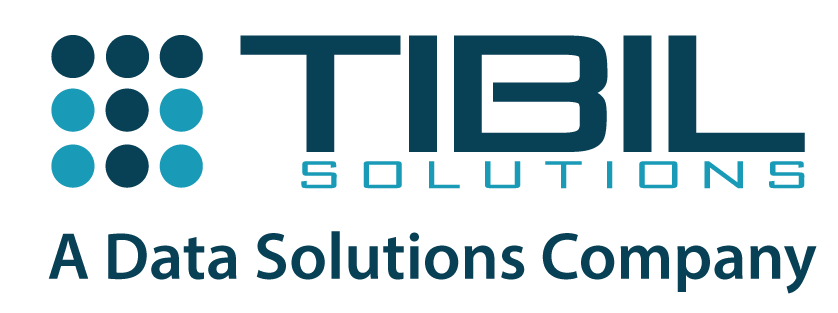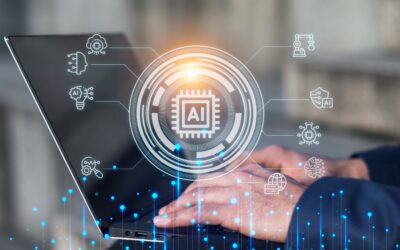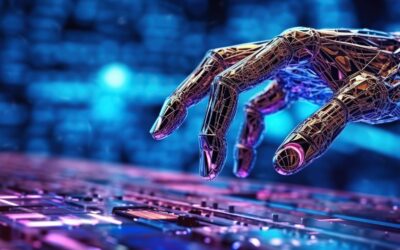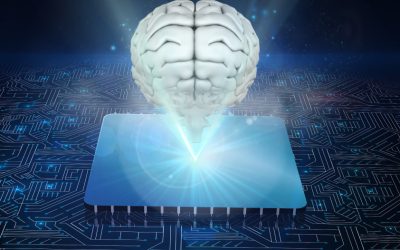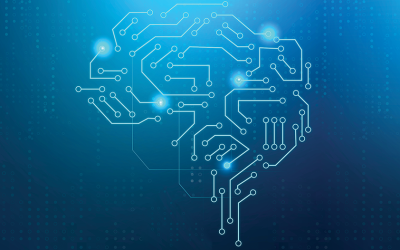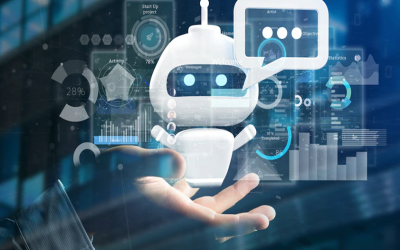
The Role of Artificial Intelligence in Cyber Security
In an era characterised by rapid technological advancements and increasing digitalisation, the field of cyber security faces an escalating and ever-evolving threat landscape. As cyber threats become more sophisticated, organisations must employ equally sophisticated tools and techniques to defend against them. Enter Artificial Intelligence (AI), a technology that is revolutionizing the world of cyber security. In this blog post, we will explore the pivotal role of Artificial Intelligence in cyber security, its applications, and the future implications of this symbiotic relationship.
Understanding the Cyber Security Challenge
The proliferation of digital data and the internet has created a vast attack surface for cybercriminals. These malicious actors employ a variety of tactics, including malware, phishing, ransomware, and zero-day exploits, to infiltrate networks, steal sensitive information, and disrupt operations. Traditional cyber security solutions often struggle to keep pace with these threats, given their complexity and speed of evolution.
How AI is Transforming Cyber Security
Artificial Intelligence offers a potent solution to the challenges posed by modern cyber threats.
Here’s the significant impact of Artificial Intelligence in Cyber security:
- Threat Detection and Prevention:
Anomaly Detection: AI algorithms can establish baselines of normal behaviour within a network and flag any deviations, which may indicate a potential threat.
Pattern Recognition: AI can identify patterns associated with known threats and proactively block or quarantine malicious activities.
- Real-time Monitoring and Response:
Behavioural Analysis: AI-powered systems continuously analyse network traffic and user behaviour to detect suspicious activities and respond in real time.
Automated Response: AI can automate responses to certain threats, isolating affected systems and minimizing damage before human intervention is required.
- Phishing Detection:
Natural Language Processing (NLP): AI-driven NLP models can analyse email content and recognize phishing attempts by identifying suspicious patterns and keywords.
- Vulnerability Management:
- Scanning and Patching: AI can scan systems for vulnerabilities and even automate the patching process, reducing the window of opportunity for attackers.
Advanced Threat Hunting:
Machine Learning for Threat Hunting: AI in cybersecurity assists security analysts in identifying advanced persistent threats (APTs) by sifting through vast amounts of data and uncovering hidden patterns.
- User and Entity Behavior Analytics (UEBA):
Risk Scoring: AI can assign risk scores to users and entities based on their behaviour, helping security teams focus on high-risk activities.
Challenges and Considerations
While AI holds great promise in bolstering cyber security efforts, it’s not without its challenges and considerations:
- Adversarial Attacks: Hackers are increasingly using AI to launch sophisticated attacks, creating a cat-and-mouse game in the cyber security landscape. Adversarial attacks involve manipulating AI systems by feeding them misleading data or perturbations, causing the AI to make incorrect decisions. Researchers and security experts must continuously develop defences against such attacks to maintain the integrity of AI-based security solutions.
- Data Privacy: AI requires access to large datasets to train effectively. However, this raises concerns about privacy and data protection. Organizations need to strike a balance between harnessing the power of AI and safeguarding sensitive user information. Regulations like the General Data Protection Regulation (GDPR) have added complexity to AI implementations, emphasizing the need for responsible data handling.
- Bias and Fairness: AI models can inherit biases present in their training data, potentially leading to discriminatory or inaccurate decisions. In the context of cyber security, biased algorithms could result in unfair profiling or misclassification of threats. Addressing bias and ensuring fairness in AI systems is an ongoing challenge that requires careful data curation, transparency, and ethical considerations.
- Human Oversight: While AI can automate many tasks in cyber security, it should complement, not replace, human expertise. Human analysts play a crucial role in interpreting complex threats, making nuanced decisions, and adapting to new attack vectors. Organisations must strike a balance between automation and human intervention to ensure optimal security outcomes.
The Future of Artificial Intelligence in Cyber Security
As AI continues to evolve, its role in cyber security is likely to expand. Expect to see:
- AI-Enhanced Threat Intelligence: AI will provide more accurate and timely threat intelligence, enabling organizations to proactively defend against emerging threats.
- AI-Driven Predictive Analysis: AI models will become better at predicting future cyber threats, allowing organizations to stay one step ahead of attackers.
- AI in IoT Security: As the Internet of Things (IoT) grows, AI will play a crucial role in securing interconnected devices and networks.
- Regulatory Impact: Governments may introduce regulations regarding AI in cyber security to ensure ethical and responsible use.
In conclusion, AI is fundamentally changing the landscape of cyber security. Its ability to analyze vast amounts of data, detect anomalies, and respond in real-time is revolutionizing the way organizations defend against cyber threats. While challenges exist, the potential benefits of Artificial Intelligence in cyber security are vast, promising a safer and more secure digital future. As technology continues to advance, the synergy between AI and cyber security will undoubtedly play a pivotal role in safeguarding our digital world.
Related Posts
AI Toolbox: Creative Content Beyond ChatGPT & BARD
Introduction: In the dynamic landscape of artificial intelligence (AI), ChatGPT and BARD have garnered significant attention for their capabilities in natural language processing and music composition. However, a rich tapestry of AI tools exists...
Ethical Considerations in Generative AI: Ensuring Fair and Responsible Data Analytics
Introduction Generative AI, a transformative subset of artificial intelligence, is revolutionizing data analytics and machine learning. It empowers machines to generate data, images, and text that mimic human creativity. While the potential of...
Building a Better Future with Digital Public Goods
The world is on the cusp of digitization! In this era of digitization, we have transformed the way we communicate, interact, and access information. It has not only changed our personal lives but also has brought an evident transformation in the...
TinyML: The Future of Edge AI
Artificial intelligence (AI) has been a hot topic in recent years and with good reason. AI has the potential to transform countless industries and improve our lives in numerous ways. However, as powerful as AI can be, it also requires a lot of...
The Evolution of Federated Learning
Uber settled an inquiry into a data breach that exposed the personal data of more than 5,00,000 drivers in 2016 by paying $148 million. A GDPR breach resulted in a $57 million fine for Google in 2020. On-growing data privacy and data breach issues...
Chatbots and What They Can Do in the Manufacturing Industry
In recent years the development of chatbots and conversational AI has progressed extremely rapidly. What was originally used primarily for B2C customer interactions is today used in an interesting variety of applications. In the manufacturing...
Subscribe To Our Newsletter
Lorem ipsum dolor sit amet, consectetuer adipiscing elit. Aenean commodo ligula eget dolor. Aenean massa. Cum sociis natoque penatibus et magnis dis parturient montes, nascetur ridiculus mus

Company
About us
Careers
Contact
Awards
Blog
Offerings
Strategy & Consulting
Managed Services
Solutions
Digital Public Goods
Solutions
Data Solutions
Industry Solutions
